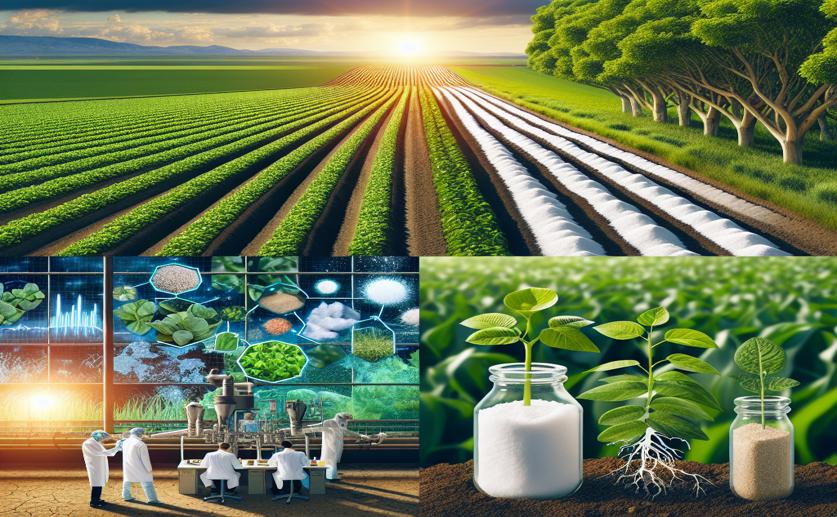
Combating Farmland Salt Buildup with Nature and Bio-Tech Solutions
Mary Jones
16th February, 2024

Image Source: Natural Science News, 2024
References
Main Study
1) Soil salinization in agriculture: Mitigation and adaptation strategies combining nature-based solutions and bioengineering.
Published 16th February, 2024
https://doi.org/10.1016/j.isci.2024.108830



 18th January, 2024 | Jim Crocker
18th January, 2024 | Jim Crocker